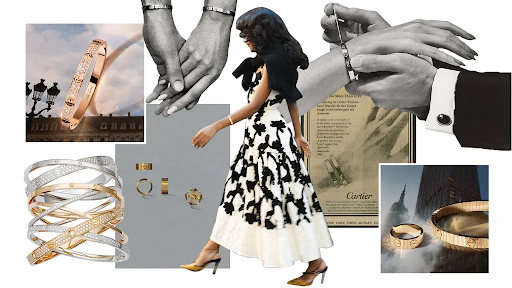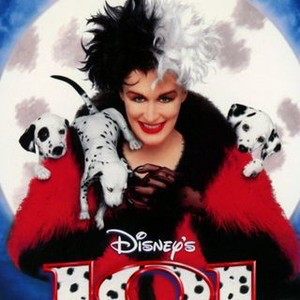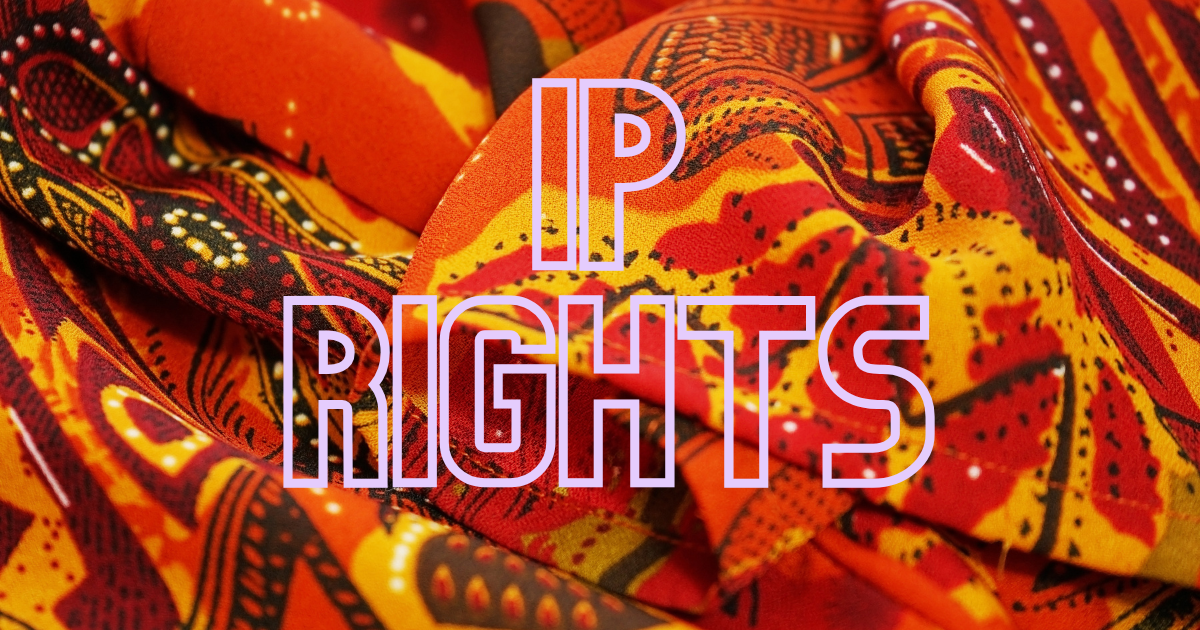“Fashion is not something that exists in dresses only. Fashion is in the sky, in the street, fashion has to do with ideas, the way we live, what is happening”
– Coco Channel
INTRODUCTION
A society is a group of people who share a shared culture, set of rules, and organizational structure in a single country or region. In our culture, there are many sorts of people who dress and live in different ways. When it comes to culture, every section of society must be taken into account. The clothes we wear reflect our personality. The impacts of this on our community are both positive and negative. The new advances and talents of our younger generation and designers are to be acknowledged. They have given Indian achievements a new name on the international stage.
Political figures like Kamala Harris, Hillary Clinton, and Donald Trump indirectly develop their public persona through their fashion choices. Then, members of the American public are able to make preliminary judgments about them. Converse at a political convention? That’s an interesting choice.
FASHION AS A POLITICAL STATEMENT
From the moment people grow up, they are aware of the political significance of their clothing. Because, in essence, dressed society is a human society. What one wears, how one wears it, and when one wears it are representations of societal freedoms and influences in varying degrees. From conformity to insurrection, dress expression spans the political spectrum. Needless to say, any clothing style that challenges — or is perceived to challenge — the existing quo gets political significance on its own. A coordinated attempt by a group of people to draw attention to a social issue is known as political dressing. They do so by adhering to a strict dress code. All of the fashion ingredients are included in the recipe for political attire, but they are not in the proper proportions. For example: Hillary Clinton’s signature pantsuit sent a powerful political message. Clinton sought to coordinate questions from what she was wearing and focus them on what she was saying by wearing a pantsuit. It also devalued all of her more typically “ladylike” characteristics, making her appear on par with her competitors.
Fashion, as defined, occurs when a society as a whole accepts a particular style, aesthetic, or cultural sensibility for a set length of time. Fashion is particularly helpful as a time marker because of its large social scope and required expiration date. It can be noted in films, literature, and social scientific studies. As a result, fashion refers to socially coordinated shifts in taste. Fashion can be found in any area of human endeavour, including the arts, music, technology, scholarly discourse, and, of course, clothing.
INDIAN POLITICS AND FASHION
Politicians have historically utilised clothing, accessories, and hairstyles to convey beliefs and identities. Rhetoric, slogans, and, of course, fashion are all part of the package.
During election campaigns, one of the most fascinating aspects is hearing about the fashion choices of female politicians, who have more leeway to experiment with ambiguity and can be more potentially controversial due to the diversity of options available compared to men, who are almost uniformed in India with the age-old khadi’ kurta-pyjama set in white. Women politicians have been using their choice of clothing to challenge the oppression of feminists in the political sphere by a rather reasoned and confident style that they have made their voice, while men have been experimenting in a contained manner, still largely wearing the white kurta-pyjama, which is also distinctly Indian. Women politicians in India have perfected the art of political messaging via their sartorial choices, such as Priyanka Gandhi Vadra, who has always stirred nostalgia with her wardrobe, or former Chief Minister of Uttar Pradesh Mayawati, whose style is driven by the Dalit story of oppression and aspiration.
In reality, in a country as diverse as India, women politicians have recognised and harnessed the power of image to their advantage. Mayawati has struck to the heart of identity politics with her purse, which symbolises social and economic mobility, if one considers the Dalit past of imposed deprivation where they were not allowed to wear the sacred thread. Mayawati’s clothing choices reflect Dalit empowerment ideals, from ponytail to bob cut, luxury handbags, diamond earrings, and pink salwar-kameez. The fact that she can afford a lavish lifestyle that was formerly considered a privilege of the higher caste sends a strong message of pride and achievement to her supporters, particularly the Dalit community. Short hair, on the other hand, can be utilised as a statement of confidence and strength in a space dominated by males, based on biased opinions of how it relates to masculinity and resists gender norms.
Mamata Banerjee’s white saris are a homage to poverty, while Mayawati’s style represents aspiration and ambition. She’s known as didi, and she recently made a fashion statement at the Ambani wedding of their daughter, when she donned her typical white sari and slippers among a sea of people dolled up. Her message was provocative: this is India’s common lady, and she can assert her presence anywhere without being disturbed by money or capitalism. For the general public, it gives the image that they are pure and have no materialistic desires, that they are only there to serve the people, and that power has not gone to their heads.
While the Gandhis are renowned for their minimalist style, Smriti Irani, the current Minister of Textiles, wears a wide variety of colors, which works for her because she is portraying India as a whole. It’s a lively and essential part.
INDIAN INDEPENDENCE AND FASHION
The Gandhi cap made its debut in India during the non-cooperation campaign of 1920–22, when it became the official Congress attire, thanks to Gandhi’s popularisation. The British authorities attempted to outlaw the Gandhi hat in 1921. During the years 1920–21, Gandhi only wore the headgear for one or two years. Gandhi’s traditional Indian khadi outfit was reflective of his message of cultural pride, the usage of Swadeshi commodities (as opposed to European goods), conscience, and solidarity with India’s rural population. Most Gandhi supporters and members of the Indian National Congress wore the cap. When someone donned the cap during those times, it was assumed that they were a part of the independence movement.
During the period 1907 to 1914, prisoners in South African prisons classed as “negroes” (a class into which Indians were placed while Gandhi was in South Africa) were also obliged to wear similar caps. Gandhi’s close friend Henry Polak credits the Gandhi Cap to Gandhi’s stint in a South African jail, where he was labelled as a “black” and thus had to wear one. Gandhi, on the other hand, detailed how he based his white headgear on the Kashmiri cap in a letter to Kaka Kalelkar.
After Anna Hazare, an acclaimed Gandhian from Maharashtra, launched an anti-corruption movement in India in 2011, the Gandhi cap regained popularity in India. Delhi was the centre of this movement. Thousands of people dressed in Gandhi caps gathered at Ramlila Maidan in Delhi in August 2011 to support Anna Hazare on his fast-unto-death. This trend spread to other regions of the country, with stadiums, community halls, and grounds being rented for similar purposes. People of all ages, religions, and social classes (mostly the middle class) participated in the mass movement, with many chanting slogans and wearing Gandhi hats.
IMPACT OF INDIAN CULTURE ON GLOBAL FASHION
Different cultures, tribes, and locations have distinct fashion statements that define their sense of style. These many styles are absorbed and embraced by international designers. With the world’s communities becoming more intertwined, Indian fashion has a massive impact on worldwide platforms. Sabyasachi Mukherjee, a well-known Indian fashion designer, has established himself as a worldwide brand. His variety, craftsmanship, fabrics, artisans, originality, and style have all created a name for themselves around the world.
Some of the Indian styles and trends which way for global recognition are
- Headgear: Gucci debuted the turban design at their fashion shows in 2018. In 2012, Chanel featured women on the runway wearing headpieces that looked like turbans.
- Bindis: Karl Lagerfeld made his models wear bindis and maang tikas, another Indian custom, at the Chanel Paris Bombay Fashion show in 2012. More famous singers have worn bindis in award ceremonies and music videos, including Selena Gomez, Beyonce, and Katy Perry.
- Kurtas: In 2021, Gucci was slammed for selling a 2.5 lakh embroidery kurta, which was considered cultural appropriation.
- Sarees: Gigi Hadid, a well-known international model, exhibited the concept of a saree draped around her waist in a sophisticated fashion during New York Fashion Week in 2018.
- Indigo Prints: With a subtle twist and a hint of modernity, Westerners have infused this fashion into their industry today. Dresses, maxis, and skirts have been fashioned with the prints.
- Embroidery: Christian Dior’s Alberta Ferretti draws influence from India. Even on purses and shoes, complex and delicate lacework, thread work, or stones are fashioned.
- Nose ring: The 2017-2018 Paul Gaultier Haute Couture collection, which included models wearing nose rings on the runways, was inspired by Indian culture.
- Tattoos: This trend eventually spread to every corner of the globe.
International businesses couldn’t pass up the opportunity to combine the vibrancy of Indian culture with the manufacturing of excellent textiles and embroidery.
CONCLUSION
The definition of fashion has changed over time. It used to mean displaying one’s ideology and strength. Fashion has played a significant role in major world events. Likewise, it has still been followed by their respective successors. Every country has its own cultural conceptions about fashion and there is an unauthorized or inappropriate adoption of a people’s or society’s customs, practices, ideals, etc. by members of a different, usually more dominant people or society, it is known as cultural appropriation.
Although fashion still connotes empowerment and support, it is nowadays associated with glitz and glamour.

















